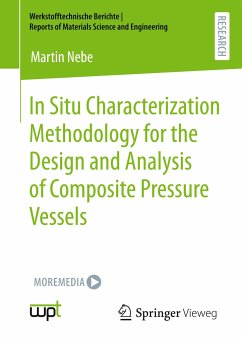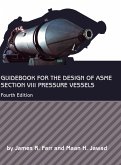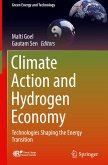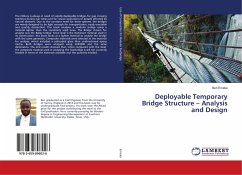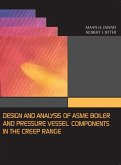With his work, Martin Nebe provides principal insights into the mechanical response of composite pressure vessels subjected to internal pressure. By establishing and validating an in situ characterization methodology, the vessel's geometry, its deformation behavior and the damage evolution process under internal pressure loading become accessible. This not only permits to trace back certain phenomena related to the manufacturing of these components but also allows to verify analytical and numerical modeling strategies. The exercised correlation of predicted and experimental results delivers detailed insights into design considerations to composite pressure vessels such as the definition of stacking sequence. The transfer of knowledge to a fullscale vessel geometry, which is representative for the use in fuel cell electric vehicles underlines the industrial application of this work. By combining numerical modeling, filament winding and experimental characterization, this work provides asound foundation for future developments in the area of composite pressure vessels used for hydrogen storage.

